filter
-
Brand
- By Category
- Direction
- Date Range
70Events
Pictures
Events

Editorial
- 2023-06-15
- 1

Editorial Catterick Bridge Races - Friday 3rd February
- 2023-02-03
- 2
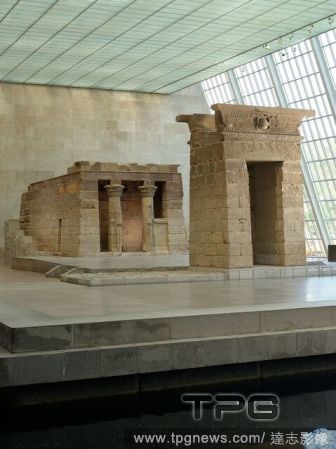
Editorial The Temple of Dendur.
- 2022-12-25
- 1

Editorial Coffin lid of Taperet. 664-525 BC. 26th Dynasty. On the top, his name is inscribed and, on the sides, the Pyramid Texts. Decorated with four columns of text. In the end, images of the four sons of Horus: Hapy, Qebehsenuef, Duamutef and Amset. Egypt. Mu...
- 2022-12-24
- 1

Editorial Amulet of the God Hapy (one of the four Sons of Horus). Egyptian. Date: 1069 BC-656 BC. Dimensions: 3.8 ? 1 ? 0.5 cm (1 1/2 ? 3/8 ? 3/16 in.). Faience. Origin: Egypt.
- 2022-01-18
- 1

Editorial Egypt Sunken Cities exhibition opens at Saint Louis Art Museum, St. Louis, Missouri, United States - 22 Mar 2018
- 2021-09-05
- 2
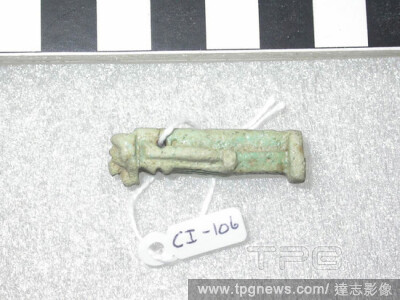
Editorial statue, Horuszoon, Hapy, standing, amulet, god, faience, 3,6 cm, Egypt.
- 2021-02-21
- 1

Editorial statue, god, Horuszoon, Hapy, standing, amulet, god, faience, H 4.5 cm (1 3.
- 2021-02-20
- 1
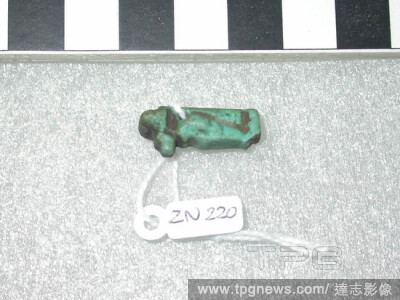
Editorial statue, Horuszoon, Hapy, standing, amulet, god, faience, 2,3 cm, Egypt.
- 2021-02-20
- 1

Editorial statue, Horuszoon, Hapy, standing, amulet, god, faience (black), 3.3 cm, Egypt.
- 2021-02-20
- 1

Editorial Stela of Ameny and his Wife Inethapy.
- 2021-02-19
- 2

Editorial Figure of Qebehsenuef.
- 2021-02-19
- 1

Editorial Coffin lid of Taperet. 664-525 BC. 26th Dynasty. On the top, his name is inscribed and, on the sides, the Pyramid Texts. Decorated with four columns of text. In the end, images of the four sons of Horus: Hapy, Qebehsenuef, Duamutef and Amset. Egypt. Mu...
- 2020-12-02
- 1
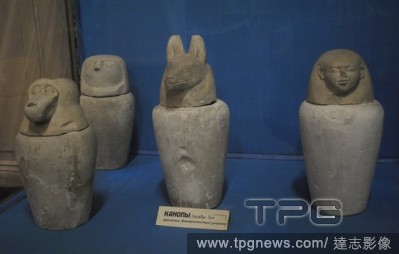
Editorial Egyptian era. Caponic jar used during the mummification process to store and preserve the viscera of their owner for the afterlife. Hapy (form of baboon-heated, contained the lugs), Daumutef( form of Jackal-headed, contained the stomach), Imsety (form...
- 2020-11-30
- 1

Editorial Coffin lid of Taperet. 664-525 BC. 26th Dynasty. On the top, his name is inscribed and, on the sides, the Pyramid Texts. Decorated with four columns of text. In the end, images of the four sons of Horus: Hapy, Qebehsenuef, Duamutef and Amset. Egypt. Mu...
- 2020-11-26
- 1
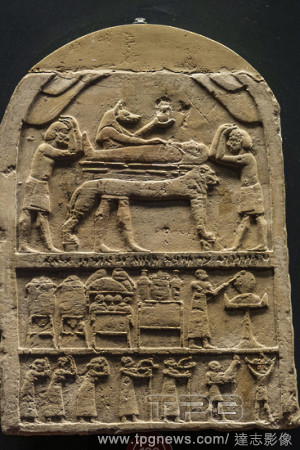
Editorial Funerary stela of Ankh-Hapy, aramaic inscription, Limestone, Memphis, 27 Dynasty, Gregorian Egyptian Museumn Musei Vaticani, State of the Vatican City, Roma, Lazio, Italia.
- 2020-07-28
- 1
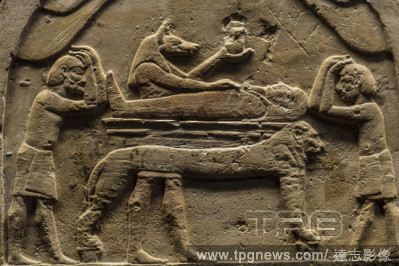
Editorial Funerary stela of Ankh-Hapy, aramaic inscription, Limestone, Memphis, 27 Dynasty, Gregorian Egyptian Museumn Musei Vaticani, State of the Vatican City, Roma, Lazio, Italia.
- 2020-07-28
- 1
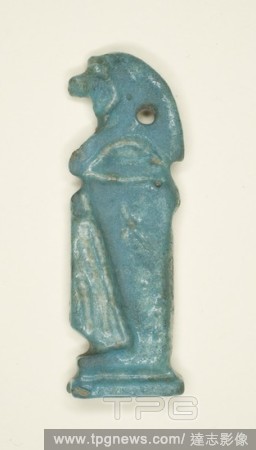
Editorial Amulet of the God Hapy (one of the four Sons of Horus). Egyptian. Date: 1069 BC-656 BC. Dimensions: 3.8 ? 1 ? 0.5 cm (1 1/2 ? 3/8 ? 3/16 in.). Faience. Origin: Egypt.
- 2019-12-17
- 1
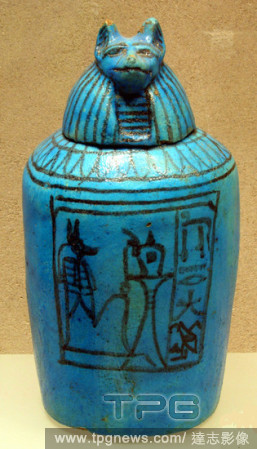
Editorial Canopic Jar with Head of Duamutef, New Kingdom, Ramesside, Dynasty 19, ca. 1295?1185 B.C., From Egypt, Faience, H. 23 cm (9 1/16 in.), Canopic jars were made to contain the embalmed viscera removed from the body in the process of mummification. The org...
- 2019-12-17
- 1
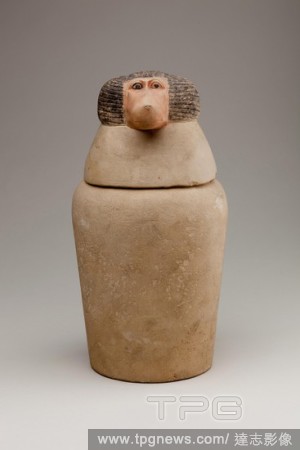
Editorial Canopic Jar Representing the Deity Hapy, New Kingdom, Dynasty 18?20, ca. 1550?1070 B.C., From Egypt; Possibly from Northern Upper Egypt, Abydos, Limestone, paint, H. 26.5 cm (10 7/16 in); diam. 14 cm (5 1/2 in), Canopic jars were made to hold the inter...
- 2019-12-17
- 1
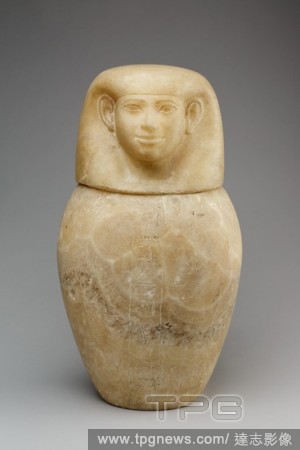
Editorial Canopic jar with a human-headed lid, Late Period, Saite, Dynasty 26, 664?525 B.C., Possibly from Upper Egypt, Thebes; From Egypt, Travertine (Egyptian alabaster), Jar with Lid: H. 38 cm (14 15/16 in); Diam. 22 cm (8 11/16 in); Jar: H. 25.5 cm (10 1/16 ...
- 2019-12-17
- 1

Editorial Hilary Duff and Matthew Koma outside Joan's On Third in Studio City
- 2019-12-07
- 18

Editorial Coffin lid of Taperet. 664-525 BC. 26th Dynasty. On the top, his name is inscribed and, on the sides, the Pyramid Texts. Decorated with four columns of text. In the end, images of the four sons of Horus: Hapy, Qebehsenuef, Duamutef and Amset. Egypt. Mu...
- 2019-11-19
- 1

Editorial Amulet of the God Hapy (one of the four Sons of Horus). Egyptian. Date: 1069 BC-656 BC. Dimensions: 3.8 ? 1 ? 0.5 cm (1 1/2 ? 3/8 ? 3/16 in.). Faience. Origin: Egypt.
- 2019-11-18
- 1

Editorial Figure of Qebehsenuef.
- 2019-11-18
- 1
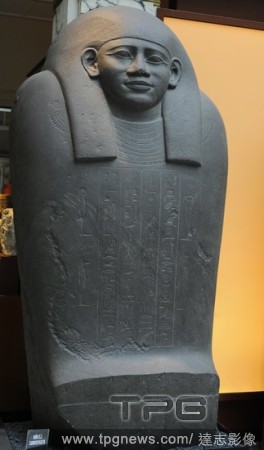
Editorial Coffin lid of Taperet. 664-525 BC. 26th Dynasty. On the top, his name is inscribed and, on the sides, the Pyramid Texts. Decorated with four columns of text. In the end, images of the four sons of Horus: Hapy, Qebehsenuef, Duamutef and Amset. Egypt. Mu...
- 2019-07-09
- 1

Editorial Amulet of the God Hapy (one of the four Sons of Horus). Egyptian. Date: 1069 BC-656 BC. Dimensions: 3.8 ? 1 ? 0.5 cm (1 1/2 ? 3/8 ? 3/16 in.). Faience. Origin: Egypt.
- 2019-04-01
- 1
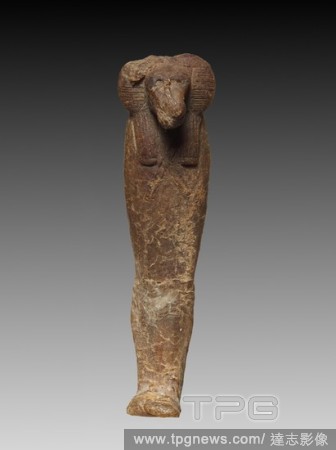
Editorial Son of Horus: Hapy, 1000-900 BC. Egypt, Third Intermediate Period, late Dynasty 21 (1069-945 BC) or early Dynasty 22 (945-715 BC). Wax with dark amber varnish; overall: 8.2 x 2.2 cm (3 1/4 x 7/8 in.).
- 2019-04-01
- 1
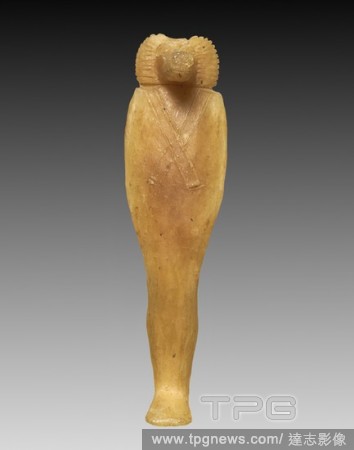
Editorial Son of Horus: Hapy, 1000-900 BC. Egypt, Third Intermediate Period, late Dynasty 21 (1069-945 BC) or early Dynasty 22 (945-715 BC). Honey-colored wax with dark amber varnish; overall: 8.3 x 2.1 cm (3 1/4 x 13/16 in.).
- 2019-04-01
- 1
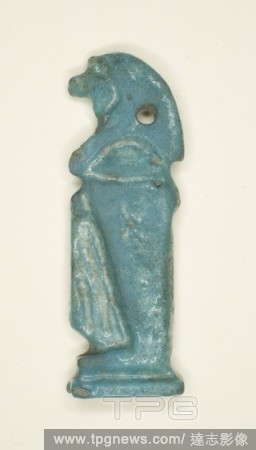
Editorial Amulet of the God Hapy (one of the four Sons of Horus). Egyptian. Date: 1069 BC-656 BC. Dimensions: 3.8 ? 1 ? 0.5 cm (1 1/2 ? 3/8 ? 3/16 in.). Faience. Origin: Egypt.
- 2019-03-18
- 1
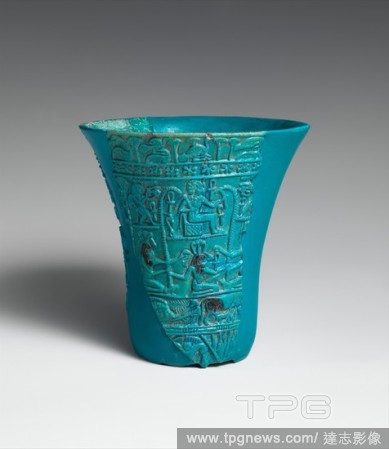
Editorial Reconstructed lotiform chalice.
- 2019-02-22
- 1

Editorial *EXCLUSIVE* Rebecca Gayheart and Eric Dane leave a meeting with their divorce lawyer
- 2019-02-20
- 25

Editorial Fragment of cartonnage depicting three deities.
- 2019-02-15
- 1
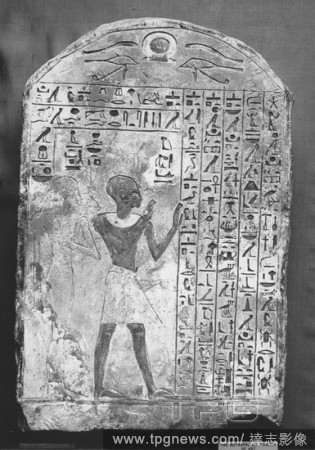
Editorial Stela of Ameny and his Wife Inethapy.
- 2019-02-11
- 1

Editorial Canopic Jar Representing the Deity Imsety.
- 2019-02-11
- 1
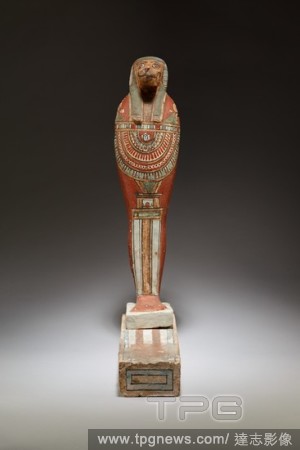
Editorial Funerary figure of Hapy.
- 2019-02-11
- 1

Editorial Canopic jar with head of baboon (Hapy).
- 2019-02-11
- 1

Editorial Canopic Jar of Ruiu.
- 2019-02-11
- 1
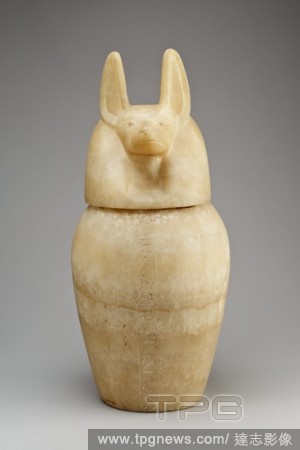
Editorial Canopic jar with a jackal-headed lid.
- 2019-02-11
- 1
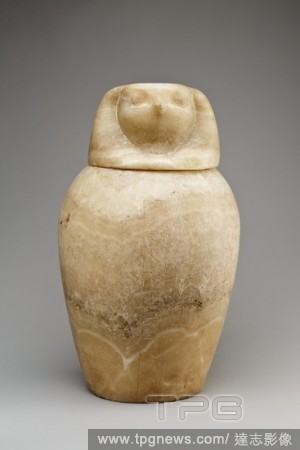
Editorial Canopic jar with a falcon-headed lid (Qebehsenuef).
- 2019-02-11
- 1
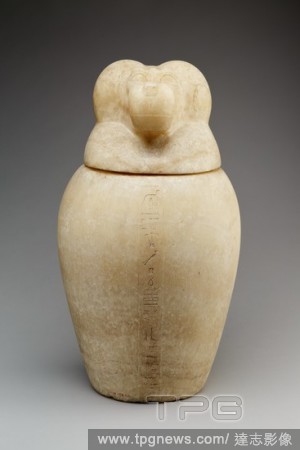
Editorial Canopic jar with a baboon-headed lid (Hapy).
- 2019-02-11
- 1
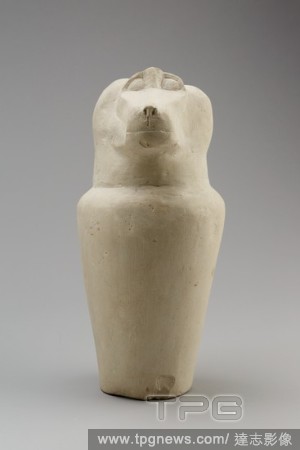
Editorial Dummy canopic jar with baboon head (Hapy).
- 2019-02-11
- 1

Editorial Canopic jar lid with head of a baboon (Hapy).
- 2019-02-11
- 1

Editorial Dummy Canopic Jar with the Head of Hapy.
- 2019-02-11
- 1

Editorial Stela of Ameny and his Wife Inethapy.
- 2018-08-09
- 1
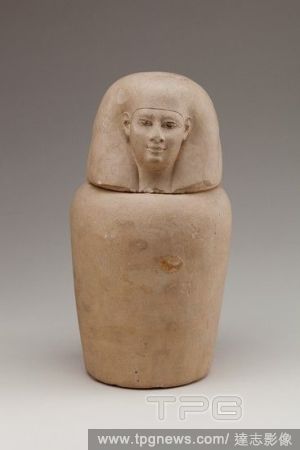
Editorial Canopic Jar Representing the Deity Imsety.
- 2018-08-09
- 1
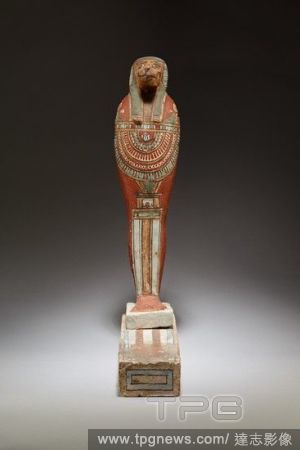
Editorial Funerary figure of Hapy.
- 2018-08-09
- 1
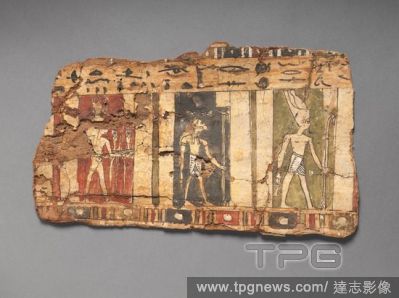
Editorial Fragment of cartonnage depicting three deities.
- 2018-08-09
- 1

Editorial Funerary figure of Hapy.
- 2018-08-09
- 1
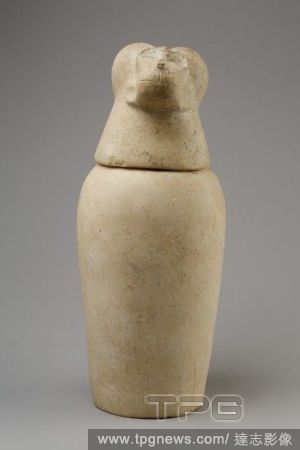
Editorial Canopic jar with head of baboon (Hapy).
- 2018-08-08
- 1
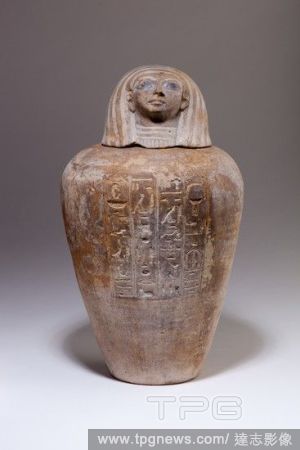
Editorial Canopic Jar of Ruiu.
- 2018-08-08
- 1
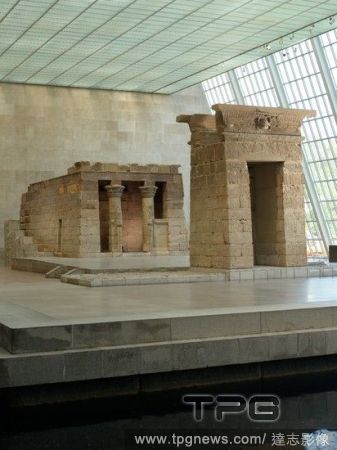
Editorial The Temple of Dendur.
- 2018-08-08
- 1
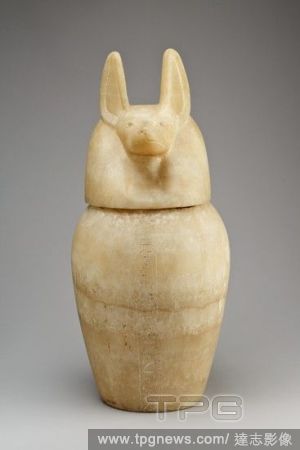
Editorial Canopic jar with a jackal-headed lid.
- 2018-08-08
- 1
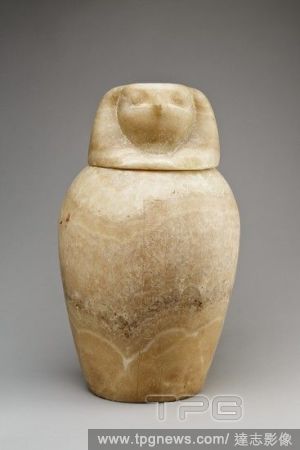
Editorial Canopic jar with a falcon-headed lid (Qebehsenuef).
- 2018-08-06
- 1

Editorial Canopic jar with a baboon-headed lid (Hapy).
- 2018-08-06
- 1
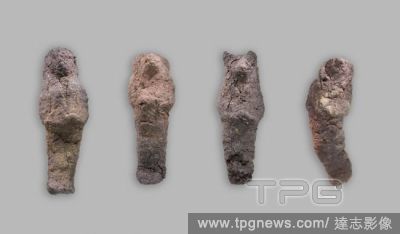
Editorial Figure of Qebehsenuef.
- 2018-08-06
- 1
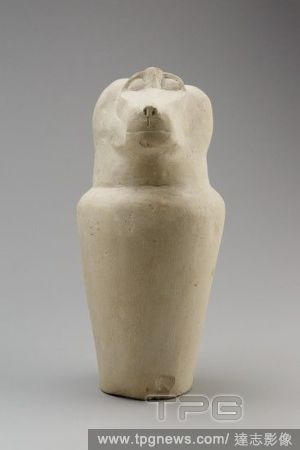
Editorial Dummy canopic jar with baboon head (Hapy).
- 2018-08-06
- 1
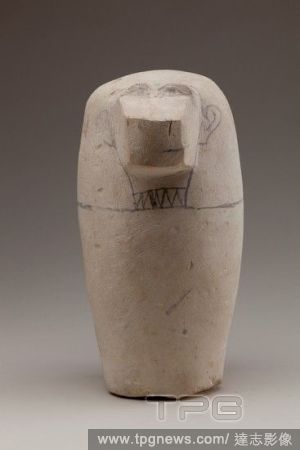
Editorial Dummy Canopic Jar with the Head of Hapy.
- 2018-08-06
- 1
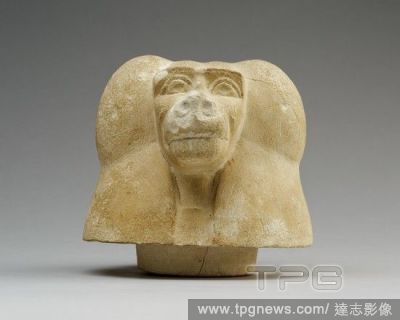
Editorial Canopic jar lid with head of a baboon (Hapy).
- 2018-08-06
- 1

Editorial Reconstructed lotiform chalice.
- 2018-08-06
- 1

Editorial Canopic Jar with Head of Duamutef, New Kingdom, Ramesside, Dynasty 19, ca. 1295?1185 B.C., From Egypt, Faience, H. 23 cm (9 1/16 in.), Canopic jars were made to contain the embalmed viscera removed from the body in the process of mummification. The org...
- 2018-08-06
- 1
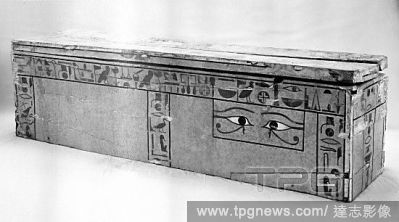
Editorial Coffin of Hekaib-Hapy, Second Intermediate Period, Dynasty 13, ca. 1640?1550 B.C., From Egypt, Upper Egypt, Thebes, Asasif, East of Pabasa and north of Padiamenemopet, 1919?20, Sycomore wood, a) Coffin l. 186 cm (73 1/4 in); w. 45 cm (17 11/16 in); h. ...
- 2018-08-06
- 1
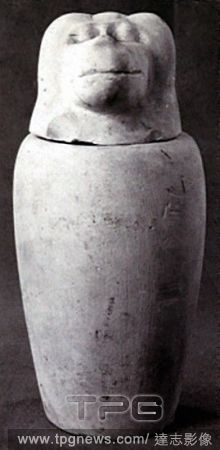
Editorial Canopic jar with baboon lid (Hapy), New Kingdom, Dynasty 18, ca. 1550?1295 B.C., From Egypt, Limestone.
- 2018-08-02
- 1
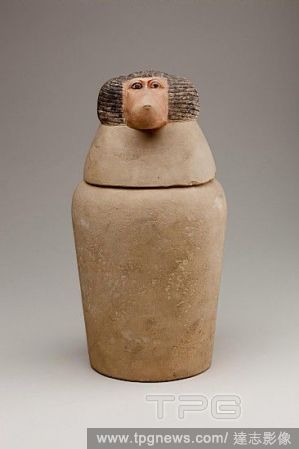
Editorial Canopic Jar Representing the Deity Hapy, New Kingdom, Dynasty 18?20, ca. 1550?1070 B.C., From Egypt; Possibly from Northern Upper Egypt, Abydos, Limestone, paint, H. 26.5 cm (10 7/16 in); diam. 14 cm (5 1/2 in), Canopic jars were made to hold the inter...
- 2018-08-02
- 1
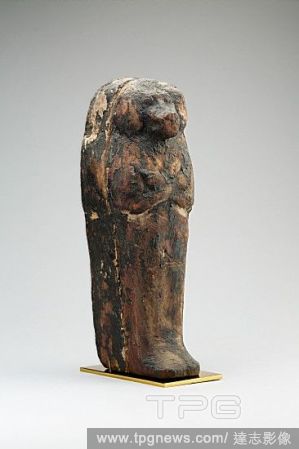
Editorial Canopic Coffin in the form of Hapy, Third Intermediate Period, Dynasty 22, ca. 924?889 B.C., From Egypt, Upper Egypt, Thebes, Khokha, Tomb of Aafenmut, Pit 2, 1914?15 (White), Wood, paint, L. 30.8 ? W. 11.3 ? H. 11.5 cm (12 1/8 ? 4 7/16 ? 4 1/2 in.).
- 2018-08-02
- 1
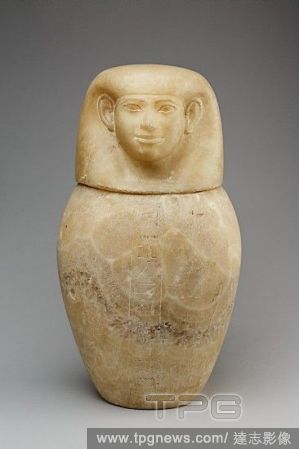
Editorial Canopic jar with a human-headed lid, Late Period, Saite, Dynasty 26, 664?525 B.C., Possibly from Upper Egypt, Thebes; From Egypt, Travertine (Egyptian alabaster), Jar with Lid: H. 38 cm (14 15/16 in); Diam. 22 cm (8 11/16 in); Jar: H. 25.5 cm (10 1/16 ...
- 2018-08-02
- 1
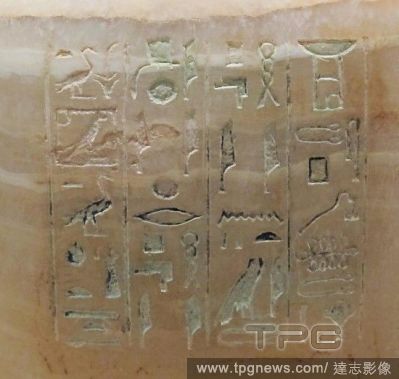
Editorial Canopic jar of princess Sithathoryunet - Hapy, Middle Kingdom, Dynasty 12, ca. 1887?1813 B.C., From Egypt, Fayum Entrance Area, Lahun, Tomb of Sithathoryunet (BSA Tomb 8), BSAE excavations 1914, Travertine (Egyptian alabaster), paint, H. 35.5 cm (14 in...
- 2018-08-02
- 1
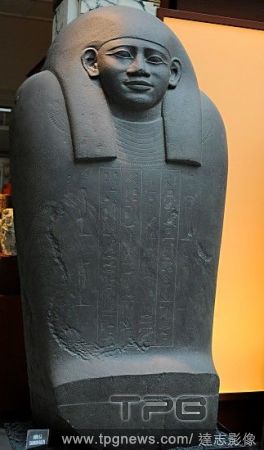
Editorial Coffin lid of Taperet. 664-525 BC. 26th Dynasty. On the top, his name is inscribed and, on the sides, the Pyramid Texts. Decorated with four columns of text. In the end, images of the four sons of Horus: Hapy, Qebehsenuef, Duamutef and Amset. Egypt. Mu...
- 2018-07-30
- 1
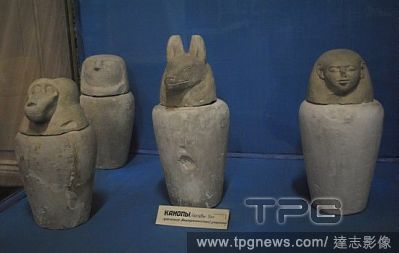
Editorial ARTE EGIPCIO. EGIPTO. VASOS CANOPES donde se guardaban las v?sceras del difunto. Eran cuatro: AMSET, con cabeza humana, conten?a los pulmones. HAPY, con cabeza de papi?n, conten?a los pulmones. KEBEHSENUF, con cabeza de halc?n, conten?a los intestinos....
- 2018-07-24
- 1
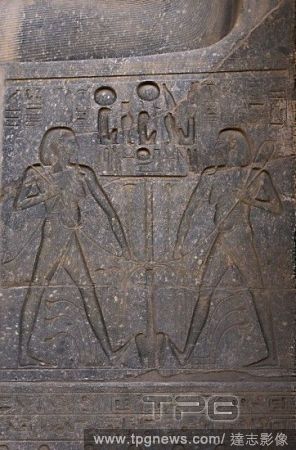
Editorial EGYPTIAN ART. EGYPT. GOD HAPY. Deity of fertility, associated with the river Nile. He is pictured as a paunchy man with sagging breasts and palm leaves. Temple of Luxor.
- 2018-07-23
- 1
 Loading
Loading 